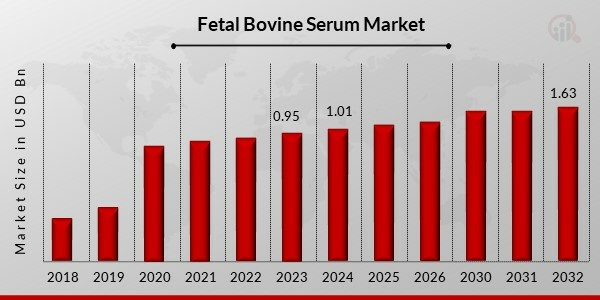Neurosyphilis, a severe manifestation of syphilis that affects the central nervous system, has become a growing concern in the healthcare sector. As we approach 2025, advancements in diagnostic algorithms are emerging that promise to significantly reduce the risk of misdiagnosis in the early stages of this complex condition. This blog delves into the innovative approaches being developed to enhance diagnosis, focusing on sustainability, regulatory changes, market trends, and clinical applications relevant to medical professionals, procurement managers, hospital administrators, manufacturers, and regulatory bodies.

Advancements in Diagnostic Algorithms
The diagnosis of neurosyphilis has historically been fraught with challenges due to its variable presentation and the limitations of existing diagnostic tests. Traditional methods often rely on serological testing and cerebrospinal fluid (CSF) analysis, which can be inconclusive. However, new diagnostic algorithms are being developed that integrate various testing modalities to improve accuracy.
These algorithms typically combine treponemal and nontreponemal tests to provide a comprehensive assessment of syphilis infection. For instance, the use of nucleic acid amplification tests (NAATs) and point-of-care testing (POCT) is gaining traction as they can expedite diagnosis while maintaining sensitivity and specificity. By employing a multi-faceted approach to diagnosis, healthcare providers can significantly reduce the risk of misdiagnosis and ensure timely treatment for patients.
Sustainability in Diagnostic Practices
As healthcare systems worldwide strive for sustainability, the development of eco-friendly diagnostic tools is becoming increasingly important. Manufacturers are focusing on creating diagnostic kits that minimize waste and utilize sustainable materials without compromising quality or performance. This shift not only benefits the environment but also aligns with the growing demand for responsible healthcare practices.
Moreover, sustainable practices extend to laboratory operations where energy-efficient equipment and waste reduction strategies are being implemented. By adopting these measures, healthcare facilities can contribute to a greener future while enhancing their operational efficiency.
Regulatory Changes Impacting Diagnostics
The regulatory landscape surrounding diagnostics is evolving rapidly. In 2025, regulatory bodies are expected to streamline approval processes for innovative diagnostic tools that demonstrate safety and efficacy. This shift will facilitate quicker access to advanced diagnostics for neurosyphilis, allowing healthcare providers to implement cutting-edge solutions in clinical practice.
Healthcare professionals must stay informed about these regulatory changes to ensure compliance and leverage new diagnostic options effectively. Understanding these requirements will also assist procurement managers in making informed decisions regarding the acquisition of new technologies for their institutions.
Market Trends Influencing Neurosyphilis Diagnostics
The increasing prevalence of syphilis globally is driving market trends that emphasize early detection and intervention. As awareness grows regarding the implications of untreated syphilis, there is a concerted effort within the healthcare community to prioritize screening and diagnosis.
Telemedicine has emerged as a valuable tool in this regard. Virtual consultations enable healthcare providers to assess patients remotely and provide timely guidance on testing and treatment options. This accessibility is particularly beneficial in regions where healthcare resources are limited.
Clinical Applications of New Diagnostic Algorithms
The clinical application of innovative diagnostic algorithms for neurosyphilis is crucial for improving patient outcomes. By employing comprehensive testing strategies that include CSF analysis alongside serological tests, clinicians can more accurately identify cases of neurosyphilis at an earlier stage.
Research indicates that elevated CSF white blood cell counts and protein levels can serve as indicators of neurosyphilis activity. Therefore, regular monitoring of these parameters post-diagnosis is essential for assessing treatment efficacy and guiding ongoing management strategies.
Additionally, emerging biomarkers such as chemokines may offer new avenues for diagnosing neurosyphilis more accurately. The identification of specific markers associated with CNS involvement could enhance the sensitivity of current diagnostic protocols.
Conclusion
As we look toward 2025, the landscape of neurosyphilis diagnosis is undergoing significant transformation through innovative algorithms designed to prevent misdiagnosis in early stages. With advancements in testing methodologies, a focus on sustainability within diagnostics, evolving regulatory frameworks, and an emphasis on early detection, healthcare professionals are better equipped than ever to address this challenging condition.
By staying abreast of market trends and embracing new technologies, stakeholders across the healthcare industry can enhance patient care while navigating the complexities inherent in modern medical practice. The future holds promise for improved outcomes for those affected by neurosyphilis as we collectively work towards advancing diagnostic capabilities.









